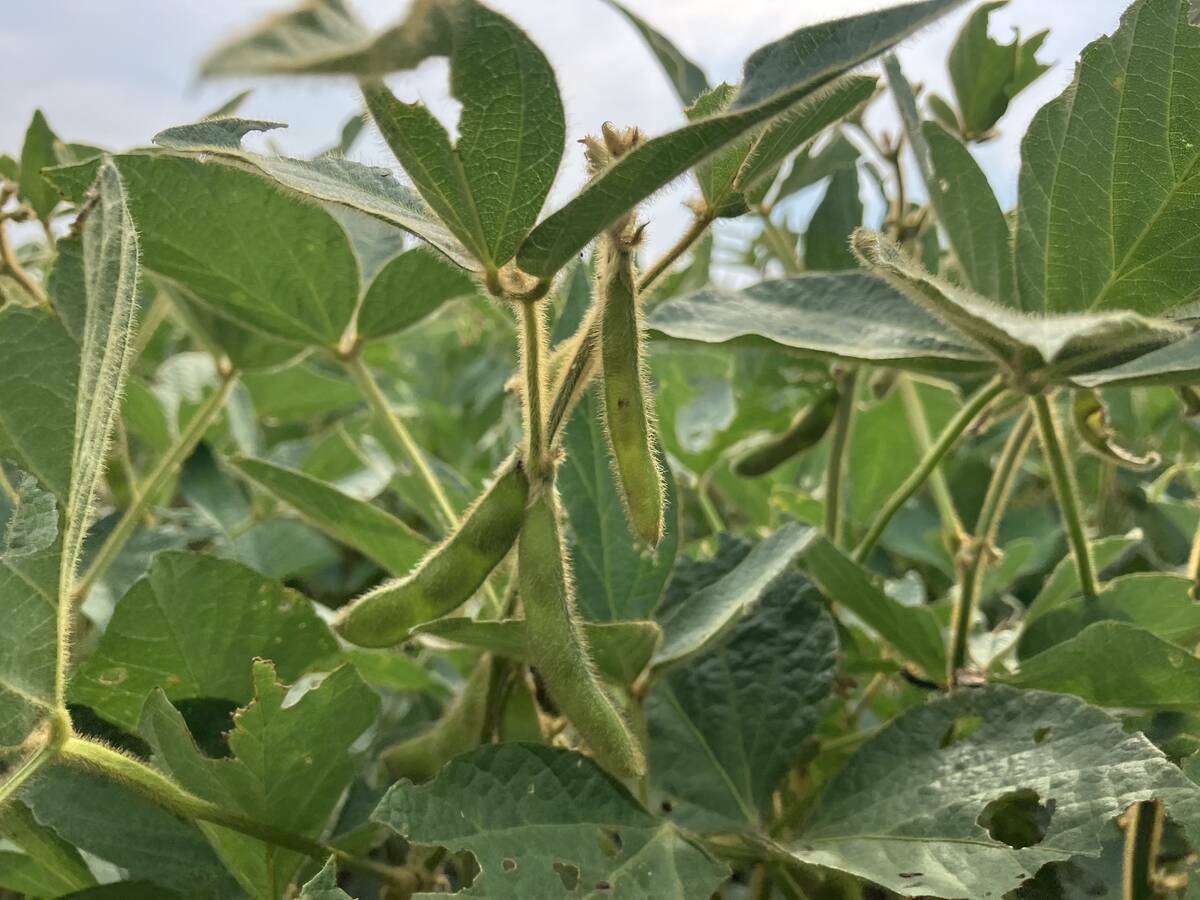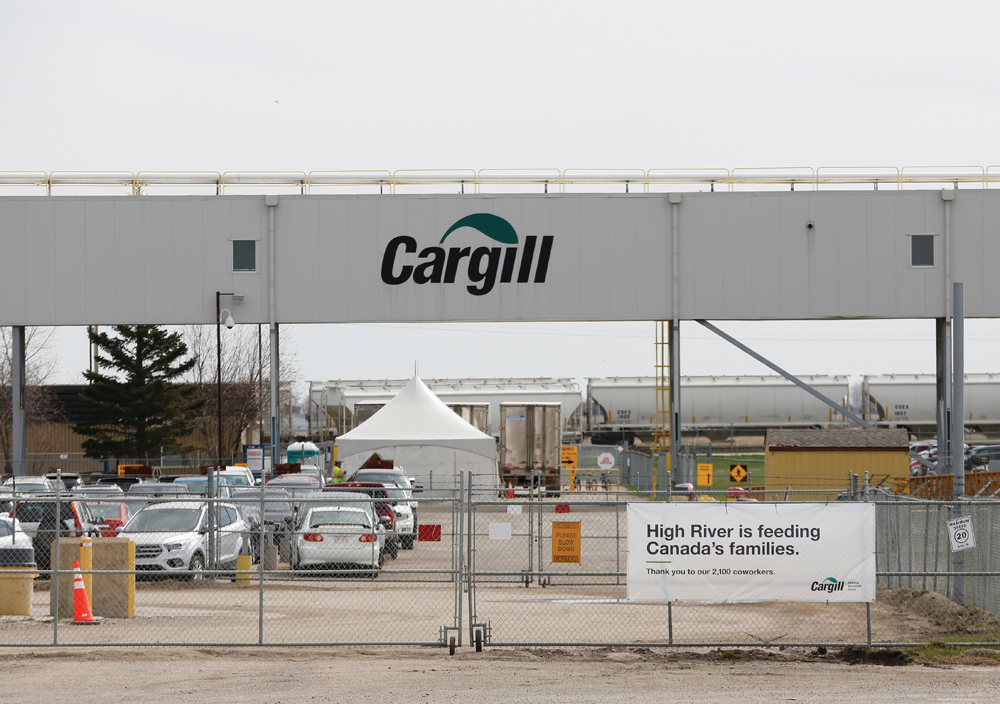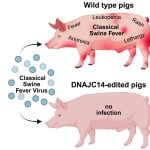Pardon the pun, but the agricultural industry’s pulse was palpably high in the downtown hotel ballroom earlier this month as 300 leaders gathered to officially launch the Protein Industries Canada supercluster.
The ‘Thought Leaders Summit’ was designed to get stakeholders in the plant-based protein value chain singing from the same song sheet, albeit in four-part harmony as the industry attempts to leverage the $153 million in federal funds it has to spend.
That means setting aside regional differences and traditional loyalties to focus on how the four pillars of this strategy — developing higher-protein crops, growing them, processing them, and marketing them — can advance the sector as a whole.
Read Also

Lack of China trade deal threatens soybeans, canola market
American soybean growers – and by extension, Canadian canola growers — are, at some point, in for big disappointment on their grain market realities.
The hype and the optimism were reminiscent of an event 22 years ago when the Manitoba Pork Advantage was launched with similar fanfare. Its goal was to rope in the investments needed to rapidly scale up hog production in the province. That goal was achieved, but it hasn’t been painless and it hasn’t always been profitable.
Many of the assumptions guiding the decisions of the time took turns that no one in those heady early days predicted — the availability of cheap feed following the end of export grain freight subsidies, currency fluctuations, environmental constraints, the ability to keep out disease, public trust, and just plain old politics.
To its credit, the Protein Industries Canada initiative is showing no interest in repeating history. If anything, the two-day meeting was as much a cautionary tale of what must be overcome as it was a celebration of the growing global demand for plant-based protein.
Every step of the value chain has what speakers identified as “pinch points,” with the availability of skilled workers and investment capital cited as common themes throughout.
In the seed-development phase, there are concerns with declining protein density in key crops. While yields have been rising in concert with global demand, the protein content in major crops such as soybeans and canola has been trending down over the past two decades, said research economist Owen Wagner of LMC International, a U.K.-based agribusiness consulting firm.
Plant breeders have been chasing increased yield and oil content of these crops due to the demand for vegetable fats and the policy-driven biofuels market. The advent of biotechnology accelerated their ability to select for desired traits.
“Our feeling is that lost in that process was the consideration for protein,” Wagner said. “Protein became a secondary concern and that’s catching up to us now in the form of these lower protein concentrations.”
Relative to the early 1990s, those declines equate to a loss of about 350,000 tonnes of canola protein for Canada and 1.5 million tonnes of soy protein for the U.S. It’s worrisome because much of the increased demand for protein used in animal industry will be for poultry and aquaculture, both of which require protein-dense feeds.
In the production phase, farmers’ ability to take full advantage of the digital revolution is hampered by a lack of internet access in rural areas and the fact that the multiple data-collection systems aren’t compatible with each other, said Rob Saik, an agrologist and digital-farming consultant.
Processing technology must move from the basics to novel processes that can capture more value, which is why that link in the chain is likely to receive as much as 40 per cent of the resources the supercluster has to allocate, participants were told.
As for selling what comes out of this pipeline, Carlo Dade, director of trade and investment research with the Canada West Foundation, cautioned against placing too much stock on today’s market outlooks.
It’s a given that demand for all forms of protein will grow as population grows and incomes rise, and also that Canada is well positioned to meet that demand in any form it takes. But where and how that demand manifests, is subject to change.
“We are constantly shocked by how global demand shifts,” he said.
Dade cited the sudden surge in demand for chocolate by Chinese consumers as an example of why the industry, and the regulatory framework it operates within, needs to be nimble.
“We have to be ready for the Chinese chocolate surprise,” Dade said.
















